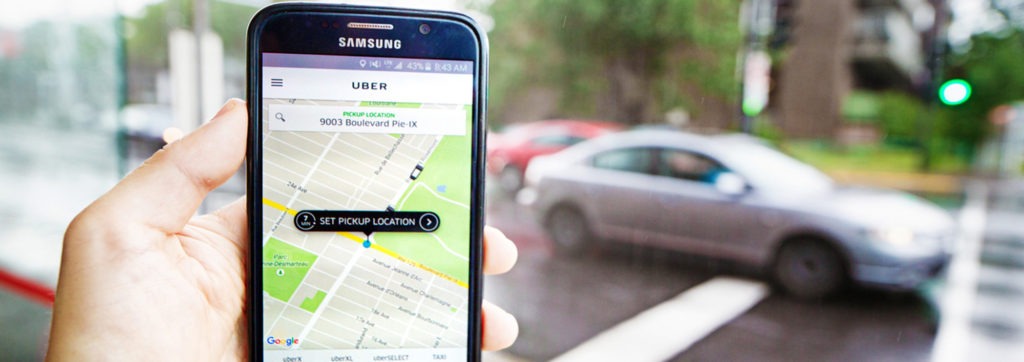Uber vehicles involved in multiple incidents before fatal crash
07 November 2019

7 November 2019
Uber autonomous test vehicles were involved in 37 crashes in the 18 months before the fatal accident in Arizona in 2018.
The announcement from the US National Transportation Safety Board (NTSB) highlights the infancy of driverless technology. Between September 2016 and March 2018, there were 37 crashes of Uber vehicles in autonomous mode at the time, including 33 that involved another vehicle striking test vehicles.
In one incident, a test vehicle hit a bicycle lane bollard that was bent into the lane of travel, while in another, an operator had to take control to avoid a vehicle approaching in the wrong direction. This interaction and avoidance caused the vehicle to strike a parked car.
Avoidable incident
A 400-page report published by the NTSB and uploaded by US news channel NBC found numerous ′safety and design lapses’ but stopped short of identifying the cause of the fatal accident. Elaine Herzberg, who was crossing the road with a bicycle, was hit and killed by an autonomous Volvo, which was on a night-time test with a safety driver behind the wheel.
Specifically, NTSB investigators determined that the Uber SUV’s ′system design did not include a consideration for jaywalking pedestrians.’ As well as that, Uber built in a one-second delay between crash detection and action to avoid false positives and disabled a Volvo auto-braking system that could have reduced the speed of the car.
The autonomous car’s systems did spot Herzberg approximately 5.6 seconds before the collision but classified her as a number of different objects and failed to realise an impact was imminent. Each time it did so, the car had to calculate a new trajectory for the obstacle. That one-second ″action suppression″ delay occurred at the last possible moment the accident could have been avoided.
Safety worries
A spokeswoman for Uber’s self-driving car effort, Sarah Abboud, told Automotive News Europe the company regretted the crash that killed Elaine Herzberg and noted it has ′adopted critical program improvements to further prioritise safety. We deeply value the thoroughness of the NTSB’s investigation into the crash and look forward to reviewing their recommendations.’
The crash was the first death involving an autonomous vehicle, and prompted significant safety concerns over the technology, with questions raised about the continued testing of such vehicles on public roads.
In the aftermath of the crash, Uber suspended all testing and did not resume testing in Pennsylvania until December, with revised software and significant new restrictions and safeguards.